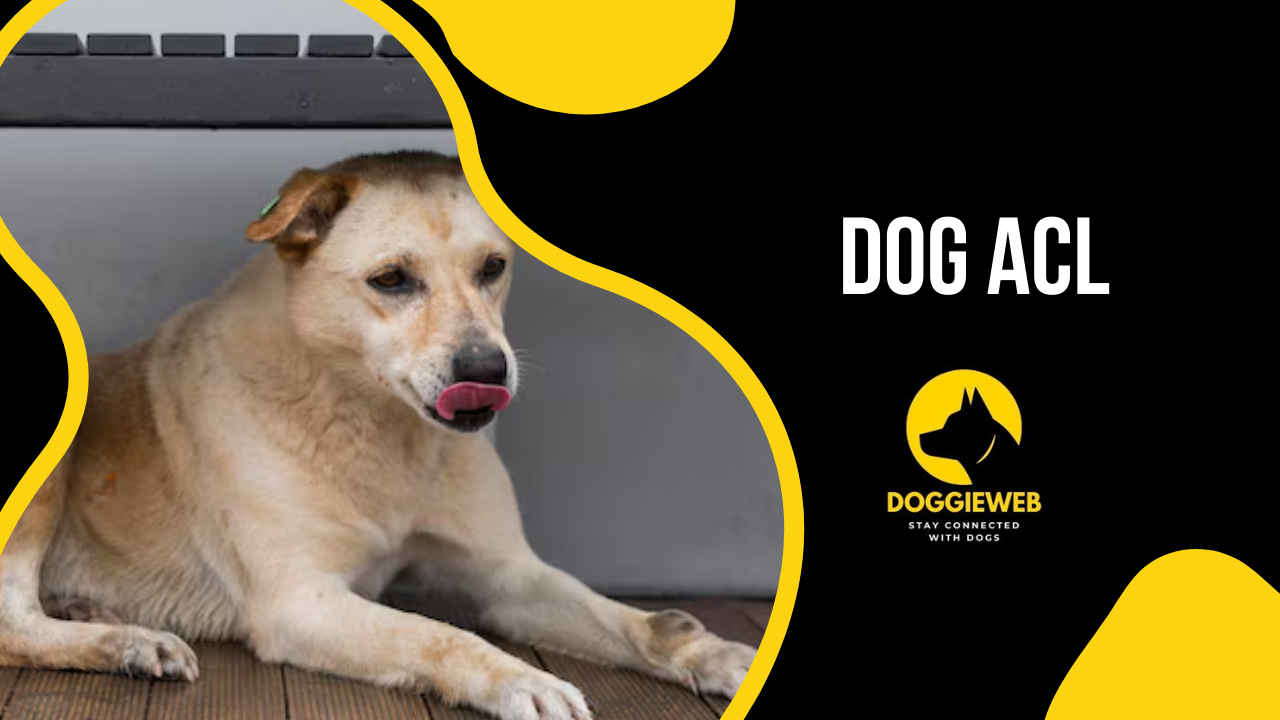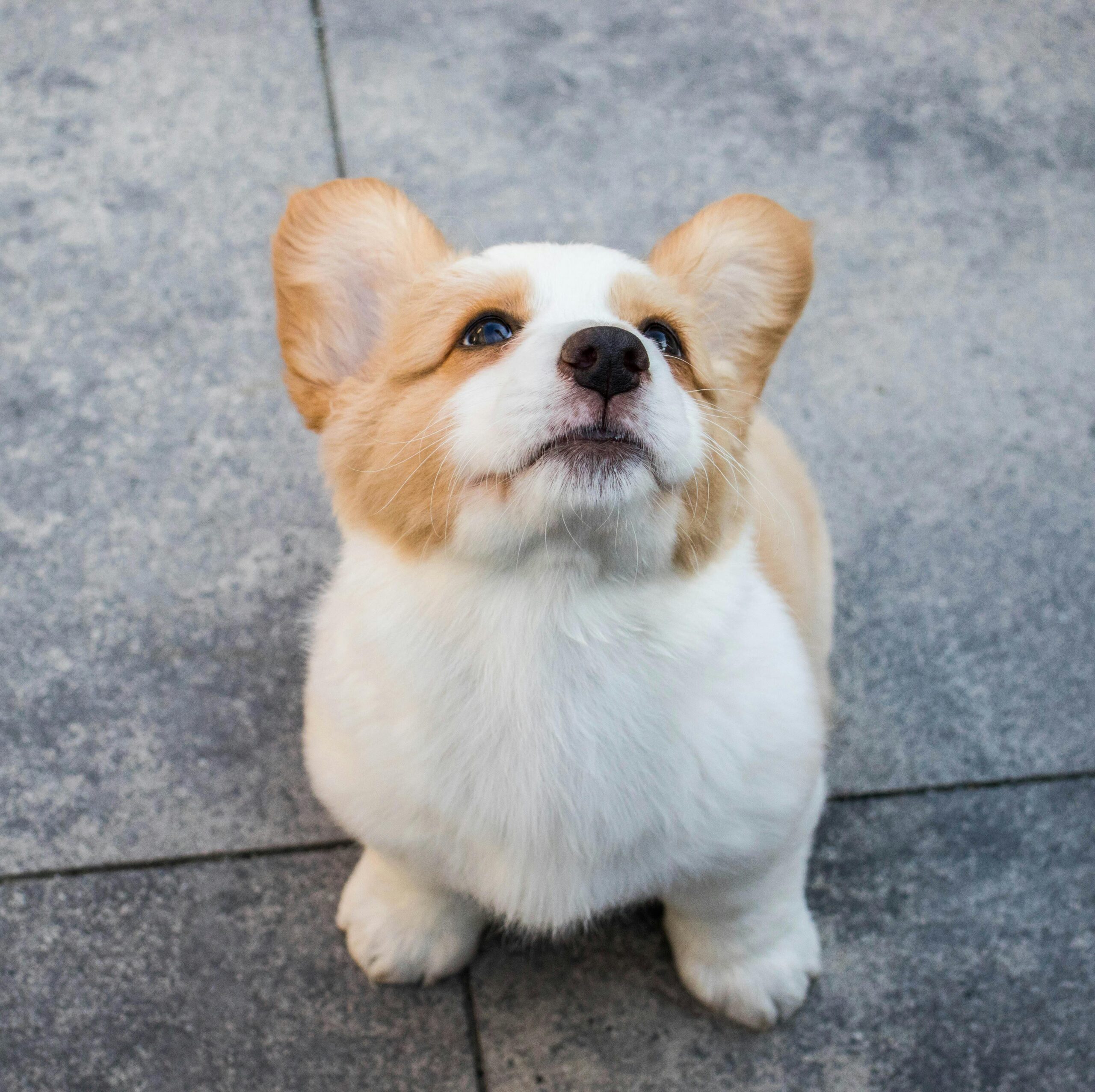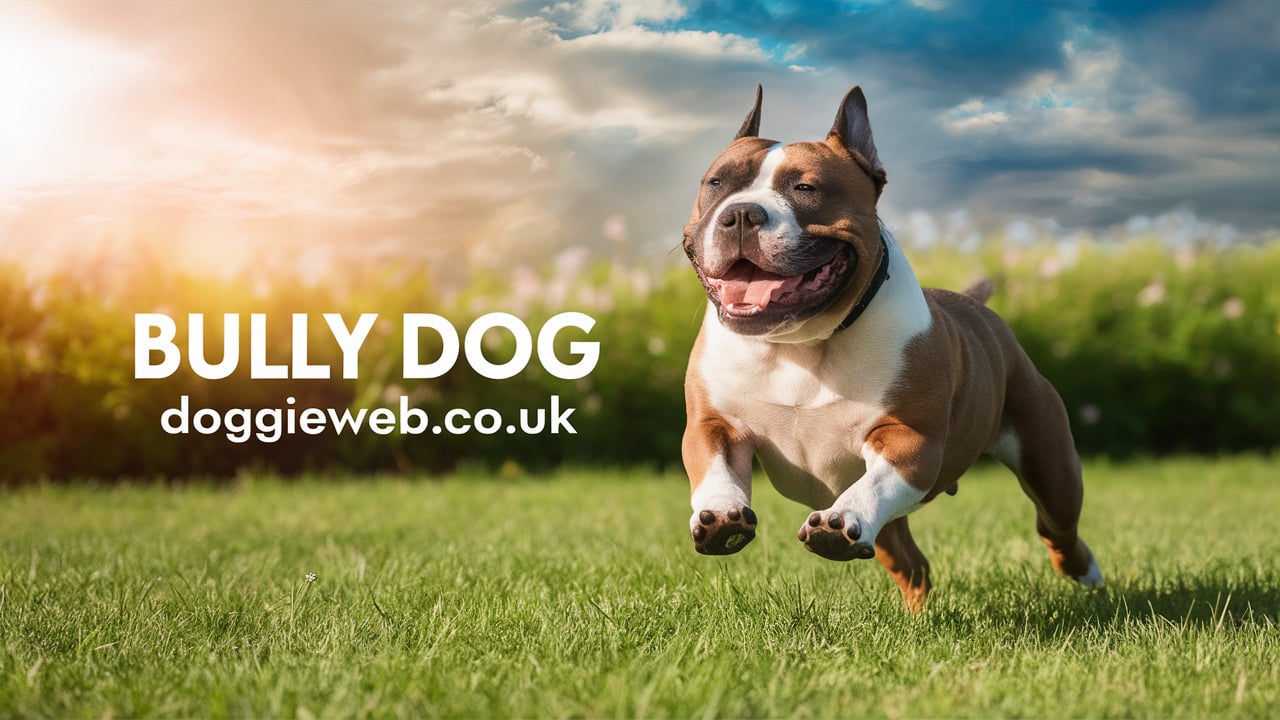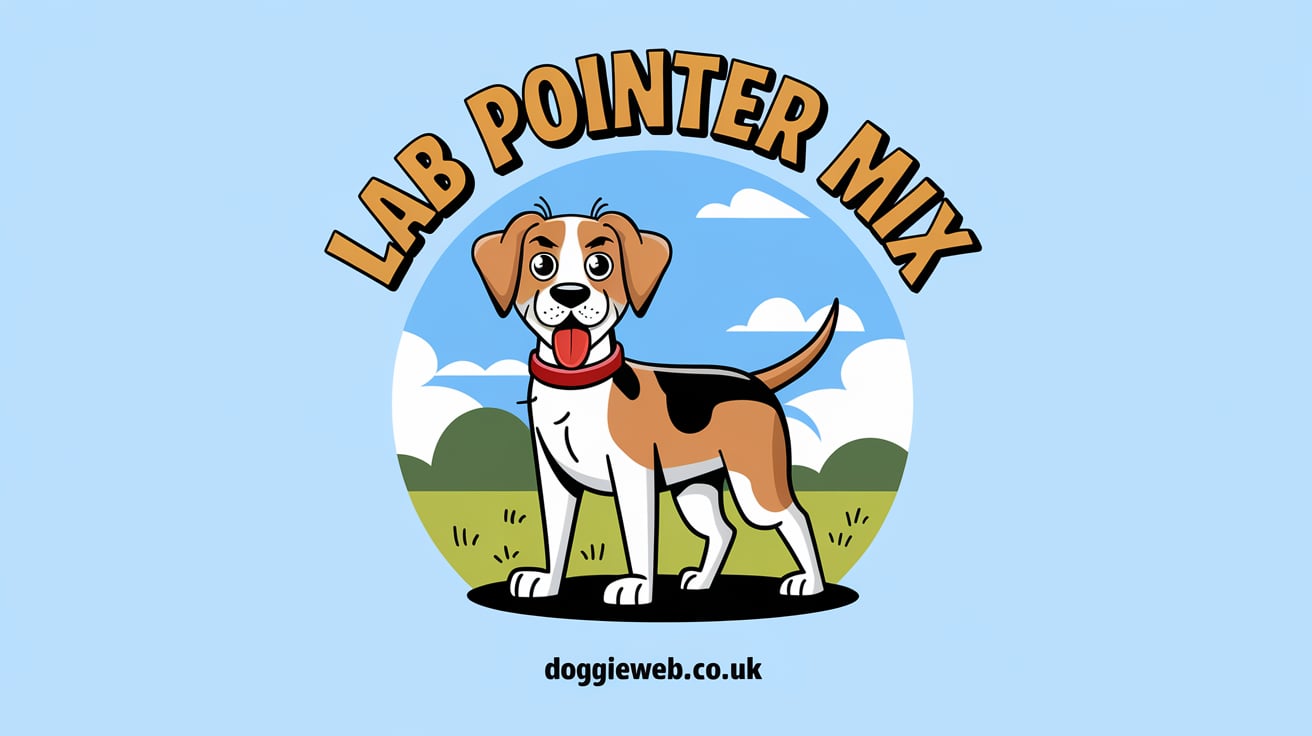Introduction to Dog ACL Injuries
Anterior cruciate ligament (ACL) injuries in dogs are a common and massive problem for veterinarians and pet owners alike. The ACL is a vital detail within the balance and function of a dog’s knee joint, and damage to it can significantly affect its mobility and usual size. It is important to successfully manage this case to understand the nature of Dog ACL Injuries, their causes, signs and symptoms, prognosis, and treatment alternatives.
What is the Dog ACL?
The anterior cruciate ligament (ACL) in dogs is a vital ligament that stabilizes the knee joint by connecting the femur (thigh bone) to the tibia (shin bone). It prevents the tibia from moving too far forward relative to the femur, thereby maintaining the knee’s stability for an unspecified time within future motion. In puppies, as in humans, the ACL is prone to damage that can cause pain, lameness, and greatly reduced mobility.
Causes of Dog ACL Injuries
Dog ACL Injuries in dogs can occur for several reasons, each contributing to the overall risk of ligament damage. One of the number one motives is acute trauma, which involves sudden, forceful impacts or injuries, including those that occur during high-force activities such as jumping or walking. Such sports can cause an immediate tear or strain to the ligament.
Chronic pressure is another element that contributes to ACL accidents. Repetitive stress on the knee joint, whether from regular exercise or daily sports activities, whether or not from regular exercise or daily sports activities, can gradually weaken the ACL, which is necessary for tears over the years. This is particularly authentic for dogs that interact in high-impact sports activities or for people with jobs that require rigorous physical hobbies.

Additionally, genetics play a large role in Dog ACL accidents. Certain breeds are genetically predisposed to developing ACL problems due to their natural body shape and the biomechanical stress on their joints. Breeds that include Labrador Retrievers, German Shepherds, and Rottweilers are at high risk.
Obesity is another contributing problem. Excess body weight causes increased stress on the knee joints, which increases the risk of Dog ACL Injuries. Overweight dogs also experience more strain on their ligaments during daily sports, making them more prone to tears.
A natural problem in ACL accidents is age. As puppies age, their ligaments and joints wear and tear, reducing their strength and flexibility. Older dogs are consequently at increased risk of ACL accidents due to the cumulative results of aging development on their connective tissues.
A dog’s body conformation and limb shape can also affect the risk of ACL injury. Additionally, dogs with terrible foot position or incredible gait patterns can revel in increased pressure on their ACLs, making them more prone to damage.
Recognizing the symptoms of a Dog ACL
Identifying an ACL injury in puppies requires careful commentary on their behavior and body condition. One of the most significant symptoms is limping inside the affected leg. This can further manifest as a sudden or intermittent limp that can vary in severity. Lameness often turns extra noticeable with the hobby and can improve with rest.
Another common symptom is swelling around the knee joint. This swelling is localized and results from infection and fluid accumulation in response to injury. The affected area may also appear visibly swollen and warm to the touch. Pain is an extensive indicator of ACL damage. Additionally, dogs may exhibit signs and symptoms of pain when the affected leg is handled or touched. These may appear as vocalizations, flinching, or withdrawal from physical contact.
Difficulty moving is a clear sign of knee problems. In addition, dogs with Dog ACL Injuries may struggle to walk, walk, or jump and show a reluctance to interact with physical sports activities that were previously part of their normal lives. Instability in the affected leg is any other symptom. Dogs may additionally exhibit a wobbly gait or a peculiar “bunny hopping” movement simultaneously as they shift and try to compensate for the lack of stability in the knee joint.
Finally, reducing the level of simple activity can lead to ACL damage. An injured dog may also become more sedentary, choosing to relax and engage in the sport he once loved.
Diagnosis of Dog ACL injury
A complete analysis of an ACL injury includes a summary of medical examinations and diagnostic imaging. The journey begins with an intensive physical examination with the help of a veterinarian. This consists of assessing the dog’s gait, palpating the knee joint, and performing specific handling tests to assess joint balance and pain.
Manipulation assessment, which includes a cranial socket test and tibial traction view, is critical to diagnosing Dog ACL Injuries. Checking the cranial socket involves transferring the tibia relative to the femur to allow for abnormal movement that indicates ligament damage. The tibial traction view assesses the movement of the tibia during knee flexion and extension and offers additional information about ligament integrity.

X-rays are commonly used to diagnose an ACL injury and decide the extent of the damage. While X-rays usually show changes in bone shape and joint swelling, they can help rule out specific situations associated with fractures or bone tumors. In addition, radiographs may show signs and symptoms of secondary arthritis or joint degeneration due to damage.
At some times, advanced imaging strategies, such as MRI (magnetic resonance imaging) or CT (computed tomography), may be used for a better assessment. These imaging methods provide a clearer view of the pure tissue damage, including the amount of ACL tears and any associated joint or cartilage damage.
Treatment options for an ACL injury
Treatment for an ACL injury in puppies depends on the severity of the injury, the dog’s regular fitness, and the owner’s options. There are main techniques for dealing with Dog ACL Injuries: conservative control and surgical intervention. Conservative management is often advocated for partial tears or much less severe injuries. This approach involves a combination of relaxation and restraint, which allows the ligament to heal visibly.
Resting the affected leg and limiting physical activity are essential to reduce stress on the injured ACL. In addition to relaxation, body remedies can be prescribed to strengthen muscle parts and increase joint stability. Medications that include nonsteroidal anti-inflammatory drugs (NSAIDs) can help manage pain and reduce inflammation associated with Dog ACL Injuries. These drugs are generally prescribed to relieve pain and assist the healing device.
Weight control is an essential issue in conservative treatment. Maintaining a healthy weight can reduce pressure on the knee joint and facilitate healing. A balanced weight-reduction plan and proper exercise, guided by a veterinarian, are important to achieve and maintain the most useful weight. Surgical intervention is often advocated for more extreme Dog ACL Injuries or when conservative management fails to provide adequate treatment. There are several surgical alternatives to consider, each with advantages and challenges.
The most common surgical treatment for Dog ACL Injuries is tibial plateau leveling osteotomy (TPLO). This method involves converting the tibial plateau mindset to stabilize the knee joint and save you from further damage. TPLO is remarkably efficient and often delivers a faster return to ordinary interest.
Another surgical alternative is tibial tuberosity development (TTA). This trick involves repositioning the tibial tuberosity, which adjusts the mindset of the knee joint and improves stability. TTA is also effective in dealing with ACL accidents and can result in a great outcome for hundreds of puppies.
Extracapsular recovery strategies may be used in a few cases. These include placing a synthetic ligament or material throughout the knee joint that offers more useful resources and stability. Although much less invasive than TPLO or TTA, extracapsular repair is unsuitable for all dogs and may require more routine adjustments or replacements.
Postoperative rehabilitation and recovery
Postoperative rehabilitation is a critical part of the recovery after ACL surgery. The motive of postoperative rehabilitation is to restore the affected leg’s characteristics, strength, and mobility while minimizing the risk of complications.
Physical medicine plays a vital role in recovery from published surgical medicine. Therapy may also include sports activities to increase the range of motion, support muscle mass at a certain knee stage, and improve joint balance. Hydrotherapy, which involves exercising the dog in water, can be particularly beneficial because it reduces stress on the joint while providing a low-impact environment for rehabilitation.
Pain control is a fundamental detail of positioned up-surgical care. Veterinarian-prescribed medications, along with careful monitoring of the dog’s pain stages, help ensure a snug recovery. It would be best to look at the vet’s medication management orders and hobby restrictions.
The gradual re-introduction of physical activity is vital to ensure stable healing. The veterinarian will offer instructions on how to resume daily exercise, taking into account the dog’s improvement and normal health. Until the knee has truly healed, avoiding overly demanding sports activities or strenuous exercise is important.
Regular vet visits are key to monitoring your dog’s recovery and making any important adjustments to the rehabilitation plan. These visits allow the veterinarian to assess the healing process, address any concerns, and offer ongoing beneficial assistance for the dog’s recovery.
ACL injury prevention
ACL injury prevention consists of techniques to reduce risk factors and promote well-known joint health. Weight management is a key issue in prevention. Maintaining a healthy weight allows for less stress on the knee joints and reduces the risk of injury.

Regular exercise and conditioning are essential to strengthening the muscles around the knee joint. Engaging in sports activities that promote regular fitness and joint stability can help prevent Dog ACL Injuries. However, it is very important to avoid surprising sports with excessive effects that could put excessive stress on the knees.
The right vitamins are also important for joint health. A balanced diet consisting of essential nutrients, omega-3 fatty acids, and glucosamine can help joints and reduce the risk of accidents. Check with your vet to ensure a dog’s feeding plan meets their nutritional dreams.
Regular vet checkups are important to monitor the dog’s joint fitness and address any ability issues early. A veterinarian can offer guidance on exercise, vitamins, and preventative measures to help maintain normal joint health and reduce the risk of ACL injury.
Conclusion
Dog ACL Injuries in dogs are an extraordinary difficulty affecting a dog’s mobility and lifestyle. To successfully manage this case, it is important to understand the motives, signs and symptoms, analysis, and treatment alternatives. Whether through conservative management, surgery, or a combination of each, activation and appropriate correction can help pups get higher and return to their daily sports. Preventive measures, weight management, proper exercise, and routine veterinary care play an important role in reducing the risk of ACL injury and maintaining normal joint health. By staying informed and proactive, puppy owners can help ensure the best possible outcomes for their furry partners.










